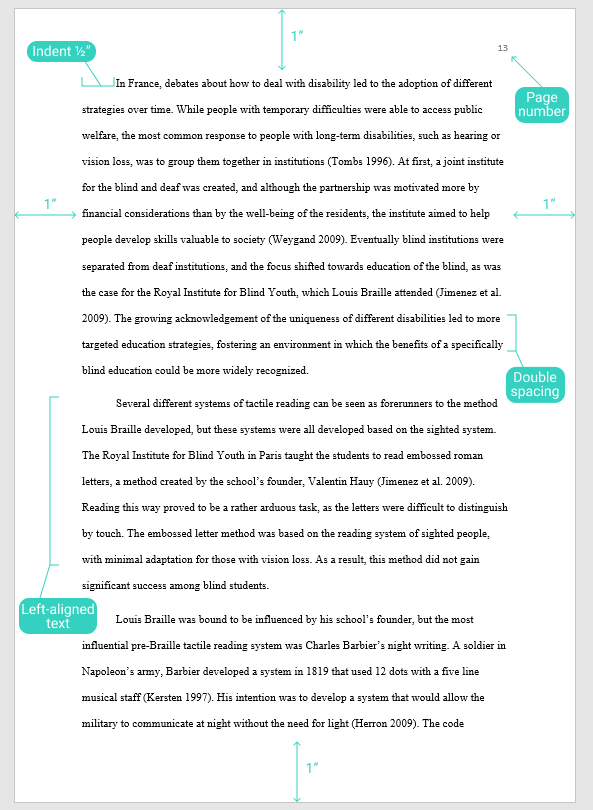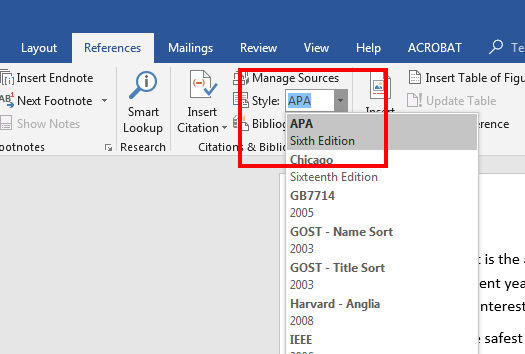

Robert Prior and Thomas Wilson, The First World War, 3 rd ed. Toronto: Harper Collins, ) Book, Two Authors (Chicago section 14.18): 2. Alan Weisman, The World Without Us (Toronto: Harper Collins, 2007), 168. (Chicago section 14.4) Numbers should be placed at the end of the clause or sentence to which they refer and should be placed after any and all punctuation.ģ 3 1) Book, Single Author (Chicago section 14.18): 1. Footnotes or endnotes corresponding to the essay text citations are numbered in regular format. Use the endnote or footnote function under the References tab in MS Word to create the superscript numbers. Citations referenced in the essay text must be numbered in superscript format.

Publication city: Publisher, publication year. Title of Book Italicized and Capitalized. Bibliography Format (Chicago section 14.16): List the author, title, and facts of publication, in that order separated by periods the facts of publication are not enclosed in parentheses. Example: First name Last name, Title of Book Italicized and Capitalized (Publication city: Publisher, publication year), page(s). The facts of publication are enclosed in parentheses. ) SECTION A: Print Books (general format and punctuation of print citation) Endnote/Footnote Format (Chicago section 14.15): List the author, title, and facts of publication, in that order, separated by commas. the Uniform Resource Locator is the address and method used to locate a specific resource on the Internet (e.g. putting an idea from a book, article, CD-ROM or Internet document into your own words (must be cited).

the copying of a part of a book, article, CD-ROM or Internet document and enclosing it in quotation marks. numbered citations placed at the end of the research paper indicating the source for direct or paraphrased quote numbered citations placed at the bottom of the page indicating the source for direct or paraphrased quotes. Working Document, 2014 Secondary Schools Librarian Council, HCDSBĢ 2 Glossary: Endnotes: Footnotes: Quote: Paraphrase: URL: an alphabetical list of sources of information appearing at the end of a research paper identifying a source of information for a direct or paraphrased quote. Please ask your school librarian for help if you have any questions. More examples are available in the library. Chicago: University of Chicago Press, This booklet is a small selection of examples. Adapted from: University of Chicago Press. I think that humanity will realize the importance of the environment and change their ways. You do not need to use citations: If you are giving your own opinion or stating common knowledge, such as: The earth is round. If you are providing someone else s opinion. You should use citations: If you are stating facts or statistics. Plagiarism is the theft of someone else s words or ideas and can result in a poor grade, whether done intentionally or not. If you do not cite your sources you are committing a form of academic dishonesty known as plagiarism. The other, and more importantly, is to acknowledge those sources and to differentiate between your thoughts and/or opinions and the facts you found in your research. One is to inform your teacher (or any other reader) about the resources you used to write your essay/report/project. Citations and bibliographies are used for two reasons. Be sure to ask your teacher if there is a preferred style for your assignment. Please note there are other accepted styles that vary from discipline to discipline. You must adhere to the format and punctuation as shown.
Chicago style endnotes in word 2016 manual#
1 1 Chicago Manual of Style Guide 16 th Edition (2010) Documenting Your Sources This guide illustrates the Chicago Manual of Style documentation format for sources most frequently used by students.


 0 kommentar(er)
0 kommentar(er)
